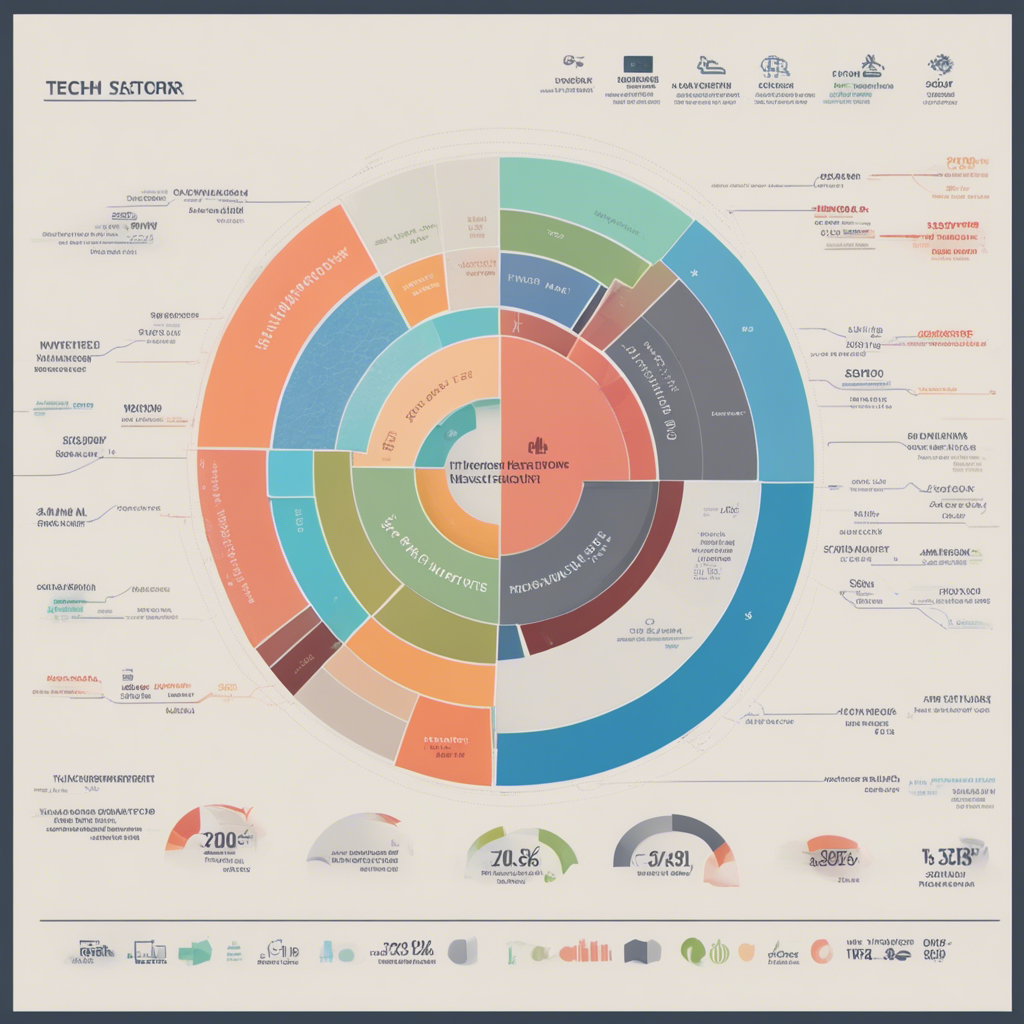
The Sustainability Challenge in the Tech Industry
Image by Gerd Altmann from Pixabay
In recent years, the rapid growth and innovation within the tech industry have brought countless benefits to society. However, it has also raised concerns about the environmental impact and sustainability of the sector. From the extraction of rare minerals for electronic devices to the energy consumption of data centers, the tech industry faces significant sustainability challenges that need to be tackled.
The Environmental Impact of Manufacturing
One major area where the tech industry faces sustainability challenges is in the manufacturing process. Producing electronic devices requires the extraction of precious metals like gold, silver, and lithium, as well as rare earth elements such as neodymium and indium. These materials are often sourced through mining activities, which can lead to deforestation, habitat destruction, and water pollution.
Additionally, the manufacturing process itself consumes a substantial amount of energy and contributes to greenhouse gas emissions. According to a report by the United Nations University, the global production of electronic devices generated around 44.7 million metric tons of e-waste in 2017. This waste not only poses risks to human health but also contributes to the growing problem of electronic waste disposal.
To address these challenges, some tech companies have started adopting more sustainable manufacturing practices. They focus on reducing the use of hazardous materials, increasing the use of recycled materials, and implementing energy-efficient production processes. However, there is still much work to be done to make the tech industry’s manufacturing processes truly sustainable.
Energy Consumption and Data Centers
Another significant sustainability challenge facing the tech industry relates to energy consumption. Data centers that power cloud services and store vast amounts of digital information require a substantial amount of electricity to function. According to a report by the International Energy Agency (IEA), data centers and telecommunications networks accounted for about 1% of the world’s total electricity consumption in 2019.
To mitigate the environmental impact, tech companies have been increasingly investing in renewable energy sources to power their data centers. For example, Apple has committed to powering its facilities with 100% renewable energy, and Google has been carbon-neutral since 2007. Furthermore, some companies employ energy-efficient technologies, such as server virtualization and cooling optimization, to reduce power consumption.
E-Waste Management and Recycling
E-waste management and recycling are critical aspects of improving sustainability within the tech industry. As electronic devices become obsolete at an alarming rate, a significant amount of e-waste ends up in landfills, which poses environmental risks due to hazardous materials present in electronic components.
To combat this issue, many countries and regions have implemented e-waste regulations and established collection systems for proper disposal and recycling. Tech companies have also taken steps to improve the recyclability of their products, making it easier to recover valuable materials and reduce the environmental impact of electronic waste.
Moreover, there are specialized e-waste recycling facilities that extract precious metals, recover usable components, and ensure responsible disposal of hazardous materials. Some companies, such as Dell and HP, offer their customers recycling programs to facilitate the proper disposal of old devices.
Sustainable Design and Circular Economy
Moving towards a more sustainable tech industry requires a shift towards sustainable design and the adoption of a circular economy approach. Sustainable design focuses on creating products that consume fewer resources, have a longer lifespan, and are easily repairable and upgradable. It also considers the use of environmentally friendly materials and production methods throughout the entire lifecycle of the product.
The circular economy approach aims to minimize waste and maximize resource utilization. It involves designing products that can be recycled or repurposed at the end of their lifecycle, rather than being discarded. This approach requires collaboration between tech manufacturers, recyclers, and policymakers to create a closed-loop system that keeps materials in circulation and reduces the need for raw material extraction.
Conclusion
The sustainability challenge in the tech industry is a complex issue that requires the collective efforts of governments, tech companies, and consumers. It is essential to address the environmental impact of manufacturing, reduce energy consumption, improve e-waste management and recycling, and promote sustainable design and the circular economy.
While some progress has been made, it is clear that more action is needed to tackle these challenges effectively. Tech companies must continue to invest in sustainable practices, research and development, and work towards minimizing their environmental footprint. Consumers also play a crucial role by making informed purchasing decisions and supporting companies that prioritize sustainability.
By addressing the sustainability challenge in the tech industry, we can ensure that the benefits of technological innovation are not compromised by its negative impact on the environment. It is vital to create a balance where technology continues to improve our lives while preserving our planet for future generations.
References:
- United Nations University. (2017). Global E-Waste Monitor 2017.
- International Energy Agency (IEA). (2019). The Role of Critical Minerals in Clean Energy Transitions.
- SlashData. (2021). Green Software Engineering - The Most Comprehensive Study.
- Dell. (n.d.). Dell Recycling.






